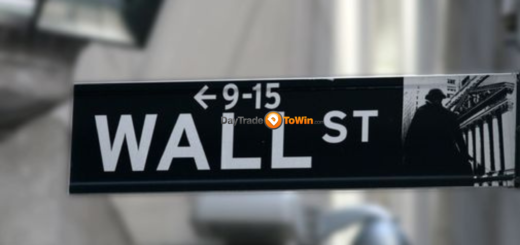Rate Cuts and Market Reactions: Decoding the Disconnect
Sometimes, central-bank rate cuts can alarm rather than reassure investors, as shown by recent actions from the People’s Bank of China (PBOC) and comments from former New York Fed President William Dudley.
On Thursday, the PBOC surprised markets by cutting its medium-term lending facility (MLF) rate to 2.3% from 2.5%, following an unexpected reduction in the seven-day reverse-repo rate earlier in the week. These moves have sparked concerns about the strength of China’s economy.
“This is the second cut this week, indicating Chinese authorities’ worry about their economy, which is troubling for stock markets and investors,” said Kathleen Brooks, research director at XTB.

Context is key. Rate cuts can boost stocks and risky assets if seen as measures to prevent an economic downturn. This expectation has fueled U.S. stock rallies since last fall, with investors anticipating Fed rate cuts that have yet to happen.
However, when a central bank cuts rates due to economic troubles, investors can become unsettled. This was evident on Wednesday, when U.S. stocks had their worst day since 2022. Poor earnings from Alphabet Inc. and Tesla Inc. contributed, but Dudley’s reversal on rate policy also caused concern.
After advocating for prolonged high rates, Dudley cited weakening economic data as a reason to support immediate rate cuts in his Bloomberg column. This shift, coupled with other factors, led the tech-heavy Nasdaq Composite to fall 3.6%, the S&P 500 to drop 2.3%, and the Dow Jones Industrial Average to lose over 500 points.
These events, combined with poor European purchasing-manager index readings and Dudley’s comments, prompted investors to offload risky assets. Despite the tumult, bullish investors argue that the selloff was primarily driven by weak tech earnings and an adjustment from overly optimistic positions.
Expectations for a July rate cut by the Fed remained relatively stable, with Fed-funds futures traders pricing in a roughly 9% probability, according to the CME FedWatch Tool.
Tom Essaye, founder of Sevens Report Research, emphasized the need to monitor growth closely: “None of this pullback includes growth worries. I am still concerned about growth, and Dudley’s comments make me more nervous. We need to watch growth very closely.”
In summary, recent market reactions highlight that rate cuts aren’t always reassuring, especially when they signal underlying economic weaknesses. Investors remain cautious, closely monitoring economic indicators and central bank actions.




